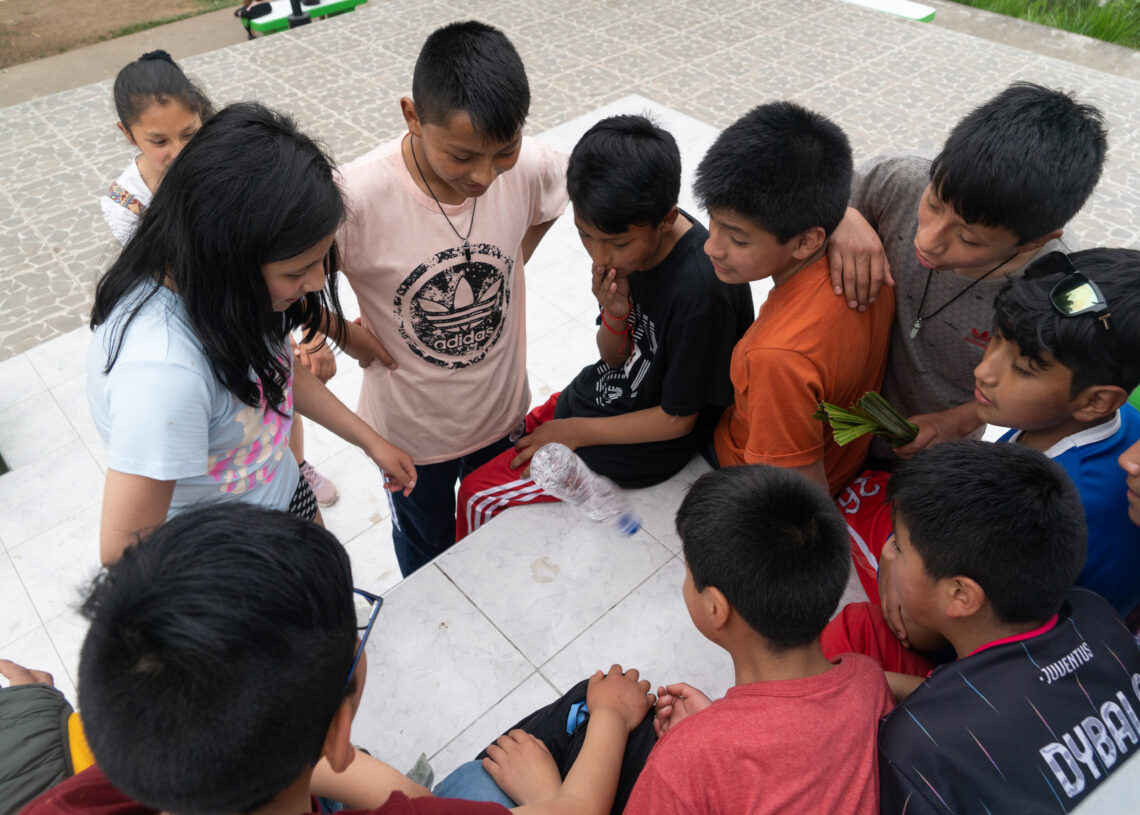In the framework of COPOLAD’s action “Development of a citizen innovation laboratory for the co-design of solutions to comprehensively address the challenges of consumption, attention, support and care of children and adolescents (NNAJ) under the guardianship and protection of the State”.
Date and time: May 8, 15h – 19h online in Madrid (CET)
Registration: http://intranetsia.copolad.eu/es/intranet/registro/7136bfd34b983cce6f452c2f068bee1d
Objectives:
- To present the basic elements of the social innovation approach.
- To present the tools for systemic mapping and first level of deep listening.
- To present the basic concepts for analyzing and making sense of the information obtained from the deep listening process.
- Present the basic concepts and tools for co-creation and how it connects to the deep listening process.
Welcoming remarks
Natalia Riffo, Director of Chile’s National Service for the Prevention and Rehabilitation of Drug and Alcohol Consumption (SENDA)
Ewout Sandker, Head of Cooperation Section of the EU Delegation in Chile
Javier Sagredo, Director of COPOLAD, FIIAPP.
Part 1 | Theory (90 minutes)
Part 1.1 | Introduction to the social innovation approach and systemic mapping (30 minutes)
Presentation of the social innovation approach and basic elements (15′)
What is the value of systemic mapping? What is systemic mapping and why is it important? Examples (15′)
Part 1.2 | Introduction to deep listening and collective interpretation (30 minutes)
What is deep listening and why is it important? What listening channels can we use? Examples: Conversations, Digital listening, Observation, Other channels (15′)
What is collective interpretation and why is it important? How do we analyze and make sense of the information obtained from the listening process?
Part 1.3 | Introduction to co-creation and portfolio design (30 minutes)
What is co-creation and why is it important? Presentation of basic tools for co-creation. Crosswalk exercise between narrative patterns and existing initiatives to identify gaps (15′)
Presentation of portfolio approach and examples (15′)
Part 2 | Practice (90 minutes)
Part 1.1 | Systemic mapping (30 minutes)
Exercise 1 by groups: First mapping of agents and initiatives at five levels of intervention in the Maule region. What initiatives or agents exist and are missing, how are they connected and what new connections can we create?
Sharing and questions
Presentation of the tool: integration matrix (agents, initiatives)
Part 1.2 : Identification of listening channels (30 minutes)
Exercise 2 by groups: Identification of initial and new listening channels: What existing and new channels can we use to enrich the deep listening process in the Maule region?
Sharing and questions
Presentation of the tool: integration matrix (listening channels, primary sources, secondary sources).
Part 1.3 : Exercise of quick conversations and analysis (30 minutes)
Exercise 3 by groups: Demo rapid conversations: what patterns do we find? What three levels of discourse do we find?
Exercise 3 by groups: Demonstration of rapid conversations: What patterns do we find? What three levels of discourse do we find?
Sharing and questions
Presentation of the tool: integration matrix (narrative analysis, profiles)






